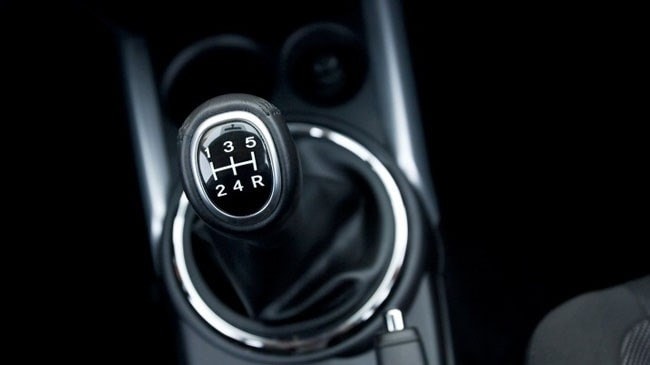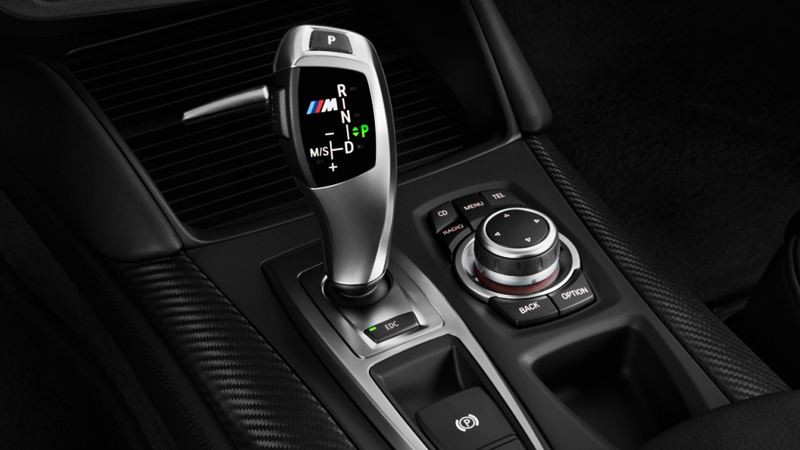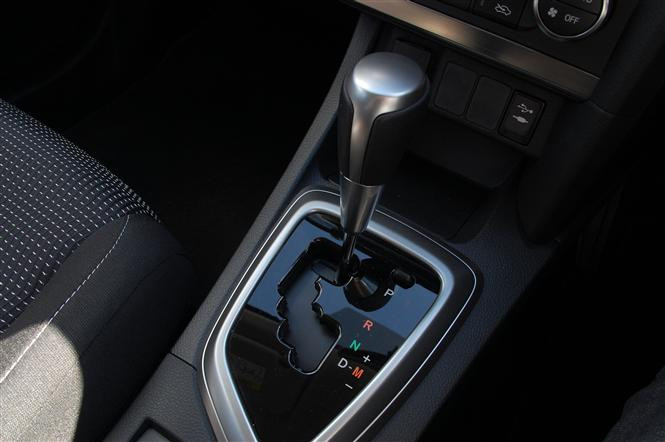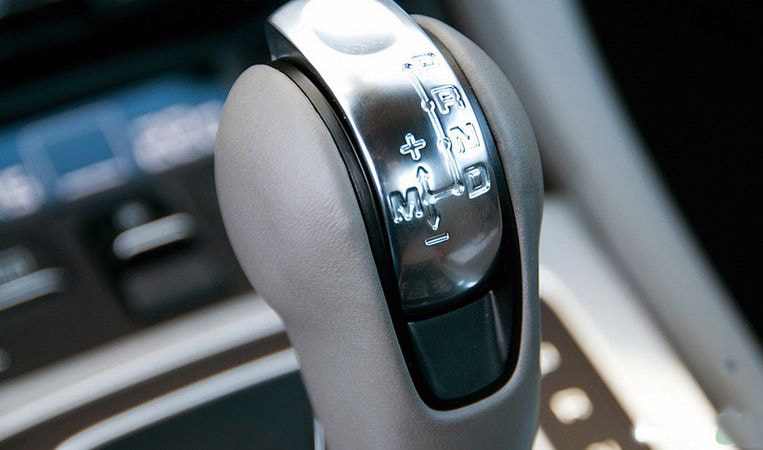4 common types of gearboxes on cars that car buyers should know
(Baonghean.vn) - The car's gearbox has the function of converting power, torque and changing the engine's rotation speed to suit different operating conditions of the engine such as speed, velocity and vehicle load... Currently, the Vietnamese car market is popular with 4 types of car gearboxes from simple to complex and modern.
1. Manual transmission
 |
This is a simple type of gearbox, using a disc-shaped friction clutch to disconnect or connect the movement from the engine to the gearbox. The clutch is controlled by the driver through the clutch pedal (clutch foot). Inside the gearbox are the primary shaft, secondary shaft and intermediate shaft; on the shafts, the gears mesh together to create transmission ratios corresponding to each gear level of the vehicle.
When wanting to change gears, the driver presses the clutch pedal to disconnect the engine from the gearbox, combined with the operation on the gear lever according to the available diagram, bringing the gears to the gear position corresponding to the corresponding transmission number.
- Advantage:Sectionfuel efficient, especially when traveling on the highway.Maintenance is easy and low cost.
Helps the driver control the vehicle better in many situations; providing a more realistic and enjoyable driving experience.
- Disadvantages:DControlling and handling a manual transmission is more difficult than an automatic. Weak drivers may feel stressed when having to concentrate on observing the road while performing many operations of the manual transmission.
Inconvenient in traffic jams because the driver will have to frequently operate the gearbox, especially the clutch, to keep the car from turning off when the road is congested.
Having to constantly work the clutch pedal can cause the driver's feet to ache, especially after a long journey.
2. Automatic transmission
 |
Automatic transmission is equipped on most car models today, operations are performed simply and smoothly.
The system uses a hydraulic torque converter that acts as a clutch to disconnect and transmit rotational motion from the engine to the transmission. Inside the transmission is a system of gears that combine to create the vehicle's gears.
The entire process of selecting the appropriate gear ratio and shifting gears is calculated and controlled automatically by the computer based on the vehicle's operating conditions.
Advantage:This type of gearbox provides an easier, more comfortable experience for the driver, especially for “weak drivers”.
Automatic transmission is very useful when driving in crowded urban areas; the driver is comfortable and confident in handling.
Disadvantages:Fuel consumption is greater than with a conventional manual transmission due to power loss in the hydraulic torque converter.
Maintenance, repair and other replacement costs are high due to the complex structure of the system.
3. CVT automatic transmission
 |
The CVT offers the same hands-free and comfortable driving experience as a manual transmission, but operates on a completely different principle.
CVT transmissions do not have gears; the system uses two pulleys with variable diameters, connected by a belt. By changing the diameter of the pulleys, the transmission can smoothly change the gear ratio, precisely controlled by the computer, based on the actual operating conditions of the vehicle such as load, slope, etc.
Advantage:Better fuel economy than conventional automatic transmissions.
Simple structure, small size and lighter weight compared to automatic transmission with gear.
The operation is smooth and precise because the driver does not feel the normal gear shifting process (up and down revs) as in other types of gearboxes.
Disadvantages:Noise when accelerating as well as when running at high rpm;The belt in a CVT gearbox cannot handle high power and torque engines, so it is not suitable for sports cars.
The cost of maintenance, replacement and repair of internal components of CVT gearbox is quite high.
4. HSemi-automatic transmission - hdual-clutch transmission
 |
This type of gearbox has two separate clutches, which are controlled by a hydraulic-electromagnetic mechanism. The two clutches operate independently of each other, one controls the odd gears (1, 3, 5 and reverse gear), the other controls the even gears (2, 4 and reverse gear). With such a structure, the upshift (1 - 2 - 3...) or downshift (5 - 4 - 3) process occurs quickly, without loss of power.
Gear shifting can be controlled manually via steering wheel or gear lever, or fully automatically based on vehicle operating conditions.
Advantage:Short gear shifting, fast gear shifting speed, smooth gear shifting, fuel saving.
Compared with automatic transmissions with gears (using hydraulic torque converters and planetary gear mechanisms), DCT dual-clutch transmissions have a much simpler and more compact structure.
Disadvantages:With complex design and algorithms, the price of DCT gearbox is quite expensive, only suitable for luxury cars, sports cars or supercars.
Maintenance, repair and replacement costs are quite high compared to other types of gearboxes.

